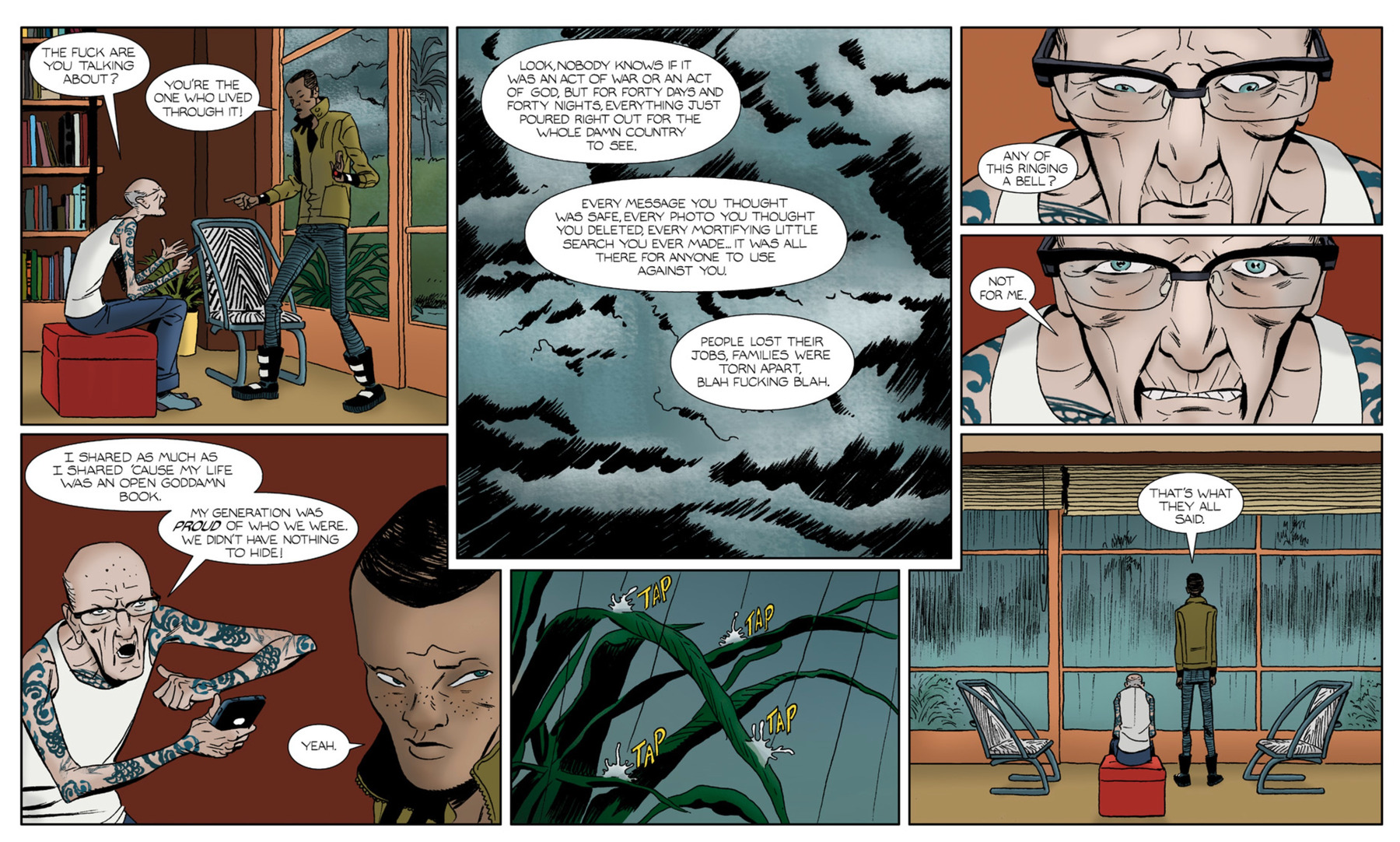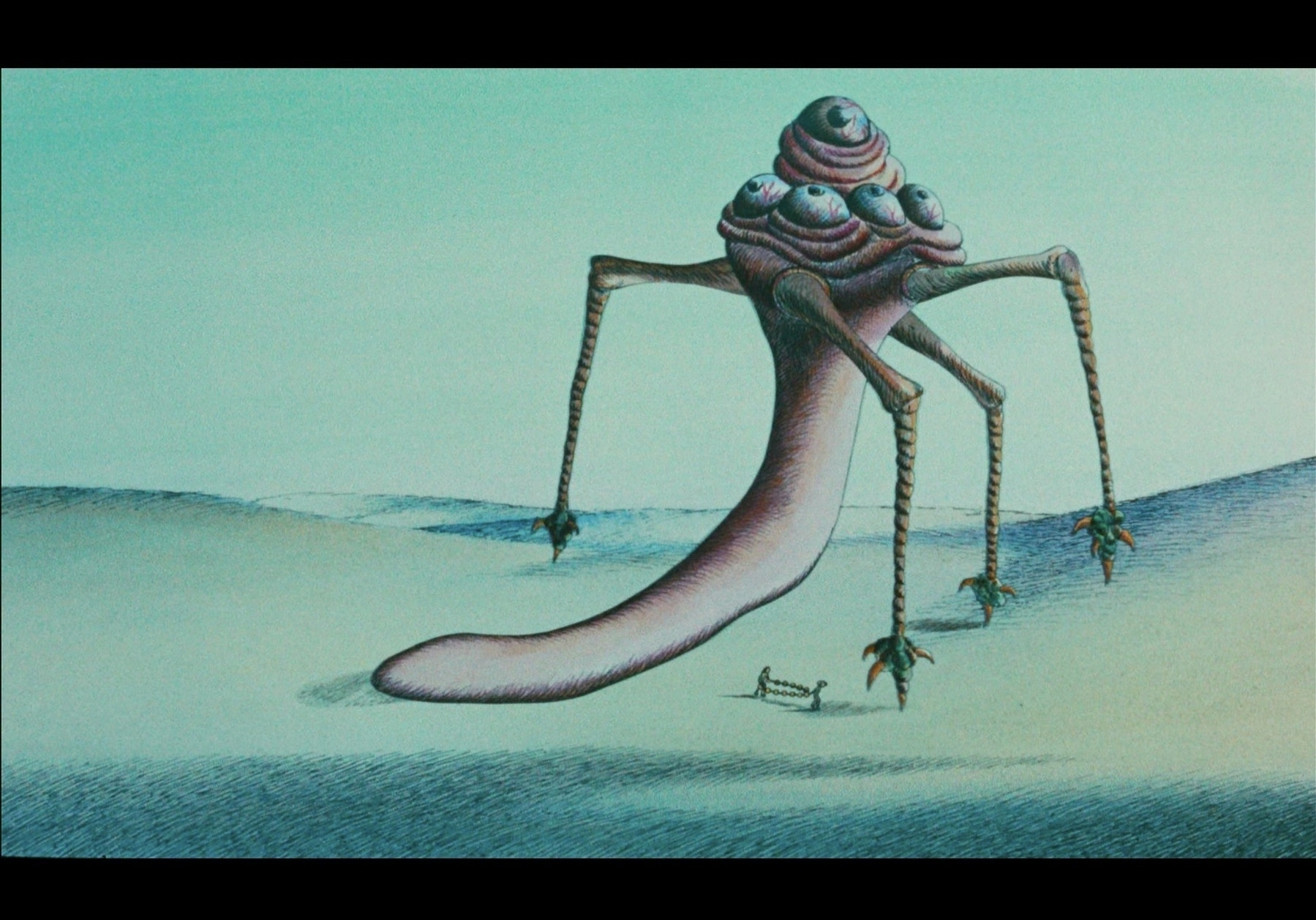A few pieces going around about “Google Zero” — essentially, the estimation that in the very near-future, we are going to see a complete re-tweaking of Google’s heretofore stalwart search enterprise into something akin to ChatGPT (which is already happening), which will catalyze an immense drop-off in search traffic to websites large and small.
I’d like to think Micro.blog’s Manton Reece’s positive perspective — that the Internet will survive this — is prescient, but I’m not so sure. I’m no longer as connected closely to the business of search, but I have to imagine a drop-off in inbound organic traffic is happening widely across the Internet. As are Internet users’ behaviors and expectations of interaction with platforms. Time is money, and everyone has a short attention. Give me the answer, point me to the thing, shortcut my ability to buy. The funnel is a truncated version of awareness-intent-buy.
But what Manton is right about is the need to “to build a relationship with readers”, or whoever interacts with your content, services, and commerce. Loyalty is as important a king as the content itself. I can’t predict how search engines and browsers are going to mutate in the next 2-3 years, but they’re going to, and reaching the depths of the Internet are going to become more difficult. But just as there’s been a swell of interest in analog/old school technology like record players, disc-based media, retro game consoles, and tabletop games, so too, I’d wager, there will be an interest in old fashioned digital discovery, or at the very least, a platform that brings together a federated open web in a dissimilar but modern counterpoint to search engines of yore. Perhaps think Usenet interactivity (through specialized browsers or apps), but in 2025.
Substack, Medium, Ghost, Microblog, Wordpress, etc. are already manifesting this kind of environment. But newsletter or blog-first websites can have one thing in common: a loyal audience, sometimes willing to pay (if available), and/or otherwise willing to return consistently to engage. Same goes for a retailer or boutique storefront, a doctor’s office, a home maintenance service, an airline, a restaurant, a destination. There is more awareness of brands, niches, and products than ever before, and advertising/content creation still works exceptionally well in the media environments across social and algorithmic platforms. So it is still quite possible to build classical awareness, but every touchpoint in the experience thereafter is critical in maintaining interest and earning loyalty to keep that connection strong, as there are so many derailments and distractions that can severe attention. Attaining and retaining loyalty is the important facet of a users’ ongoing engagement with an entity, no matter who or what you represent, insofar as you’ve been discovered.
Unfortunately, the discovery part is what the Google Zero moment is predicting will become the harshest reality for anyone trying to get a potential audience. While it’s still true that the value exchange is and always will be putting out great content and products and services (it’s arguably difficult for AI to yet do all three), an audience won’t magically find you. Playing the algorithm game is already more convoluted than playing the search engine game ever was (and I know — I was there from the beginning). What we have to hope for is improved curation, visibility through categorical aggregators, the human spirit of finding and elevating great work (using prominently used channels), and hoping that the future holds something to recalibrate the Internet’s search-ability in a way that yields back discovery and connection to the biggest and smallest of what we’ve created. It might very well be that some form of an AI browser will do just that, but I’d rather it be through something more... human.









